I'm trying to get a better understanding of ionic2 and ionic3.
How does the Garbage Collection work in ionic?
- What gets cached and when?
- How can we clear this cache?
- How do we set up elements for G.C.?
- Do we even need to setup elements for G.C?
- Can we/Do we need to setup pages for G.C.?
Like seen in this picture (source):
Some of the memory gets G.C'd when going to a new page. However the memory is still significantly higher than before any video had been played.

